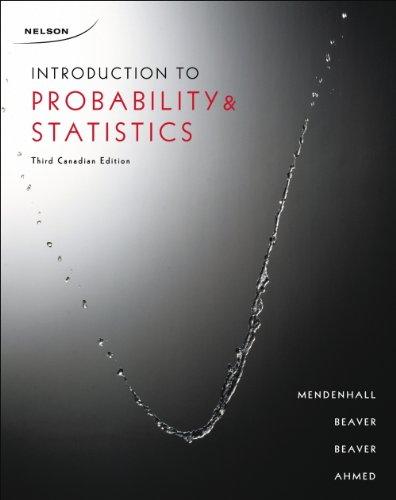A laboratory test for a rare disease affecting 2% of the population is either positive, indicating the
Question:
A laboratory test for a rare disease affecting 2% of the population is either positive, indicating the rare disease is present, or negative, indicating the disease is not present. However, when people who have the rare disease are tested in the laboratory, 90% of the tests results were positive and 10% were falsely negative (a "false negative" result). On the other hand, for those people who don't have the rare disease are tested, 11% of the tests are positive (a "false positive" result).
a. What is the probability that a randomly selected person's test results would come back positive?
b. Are you surprised with the result in part a? Did you expect this number to be higher? Can you suggest an alternative way to calculate the probability in part a?
c. What is the probability that the selected person has the rare disease given that the test result is positive?
d. What is the probability that the selected person has the rare disease given that the test result is negative?
e. Interpret the events "false positive" and "false negative," respectively.
Step by Step Answer:

Introduction To Probability And Statistics
ISBN: 9780176509804
3rd Edition
Authors: William Mendenhall






